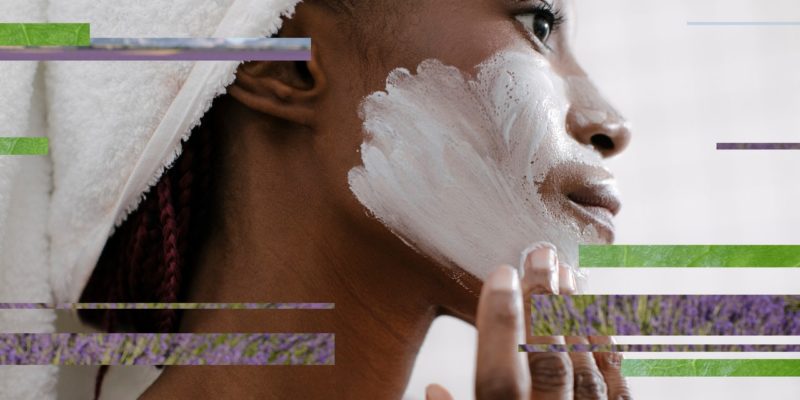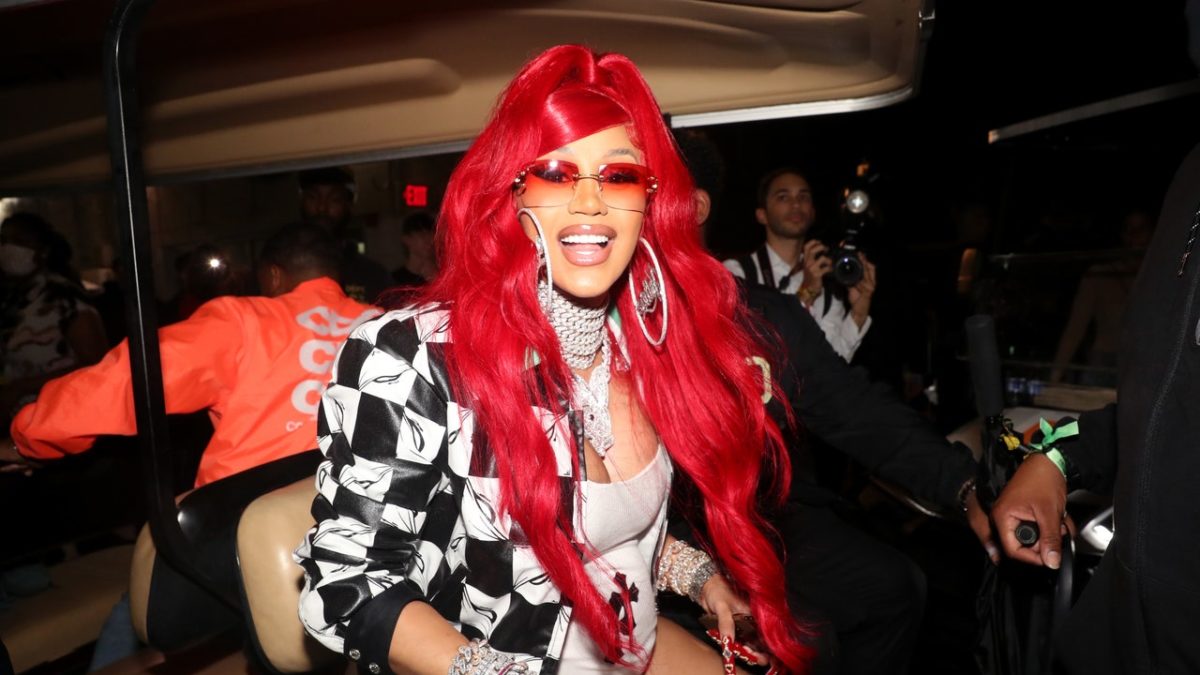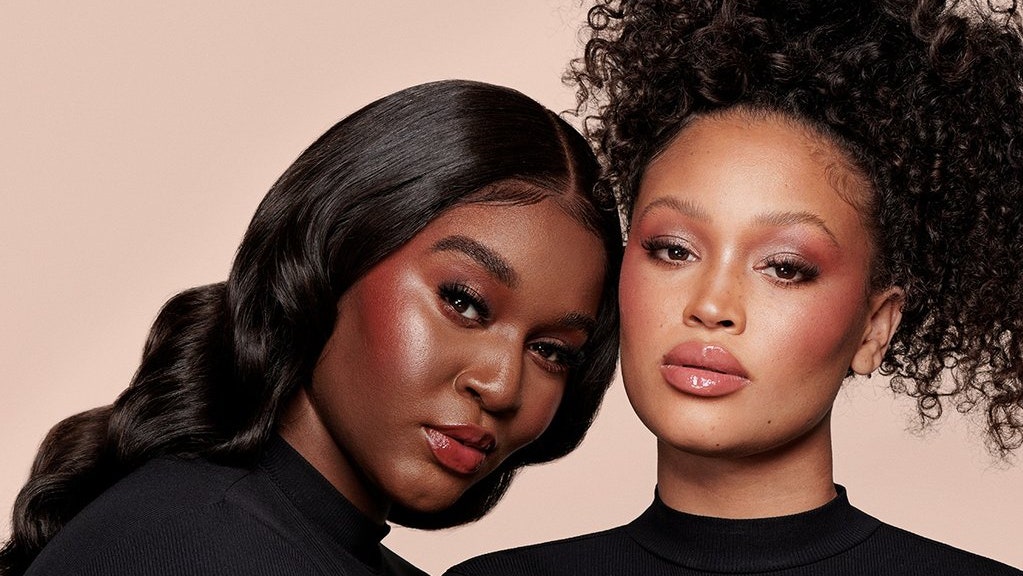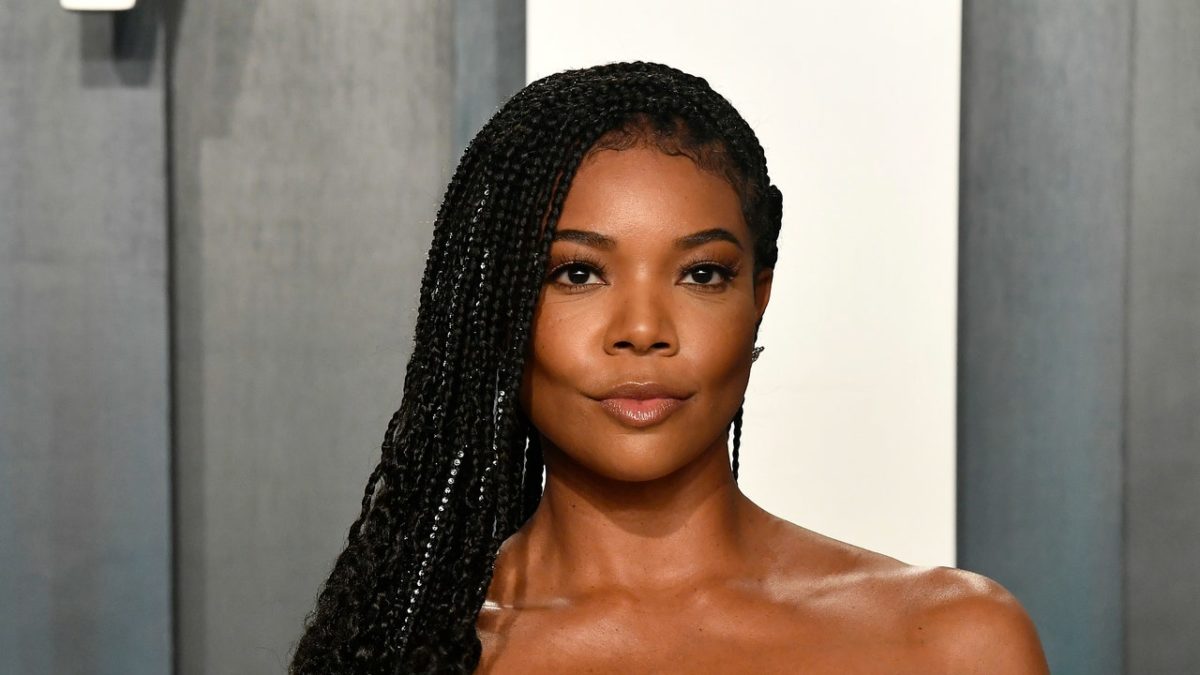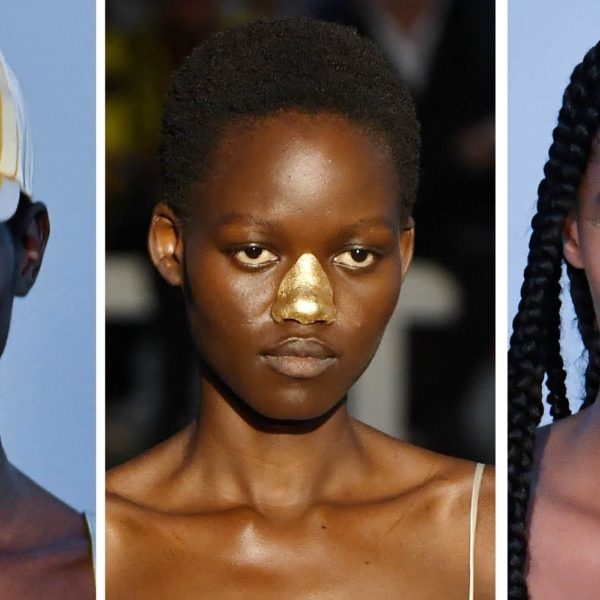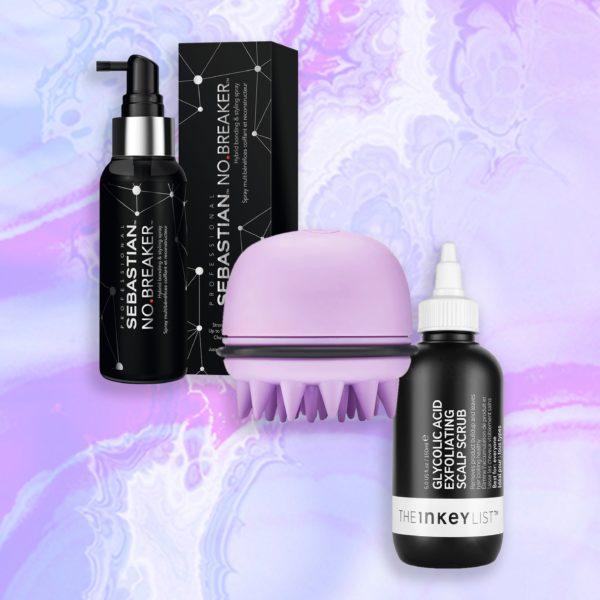Coming Clean: History of the Clean Beauty Revolution
This year is Allure’s 30th Anniversary, and we’re celebrating by looking back at iconic moments in beauty from the past three decades. You can read more articles like this one here.
In the context of beauty, “green” should not be confused with “clean,” but that’s not to say “clean” can’t be “green.” We know, we know. It’s complicated. To be frank: It’s a very murky topic.
That’s because “clean beauty” has never been universally defined — and yet it has redefined our beauty routines. What was once a niche category of products (that you could only find in the aisles of Whole Foods) is now the concept behind entire stores like Detox Market, Credo Beauty, and Follain. In recent years, even larger retailers like Sephora and Ulta are onboard. In fact, the clean beauty market is on track to reach $22 billion by 2024.
We can only hope there will be more clarity by then, but in the meantime, we took matters into our own hands. Back in 2019, Allure tapped experts (toxicologists, dermatologists, chemists) to determine which ingredients a “clean” beauty product should not contain and introduced our very own Clean Best of Beauty seal.
And while there are still a number of question marks surrounding the category, one thing’s for sure: it’s booming. Here, a brief history of how “clean beauty” grew (and grew and grew) faster than you can say, “paraben-free.”
1990s Whole Foods expands beyond Austin, and its beauty aisles let us pick up aluminum-free deodorant rocks and lavender-sprig-studded soaps along with our organic kale.
1991 Two decades before clean beauty dominates the lexicon, Burt’s Bees’ now-iconic beeswax lip balm launches at drugstores.
2008 Gwyneth Paltrow presses send on a little newsletter featuring a great banana-nut muffin recipe and Goop soon drives a “clean living” rebrand from crunchy to cool.
2010 Clean beauty retailers begin to command our attention — and beauty routines. The Detox Market’s pop-up shop in Venice, California, becomes three more locations, and in the next five years Follain and Credo open boutiques around the country. (Because there’s no regulated or agreed-upon definition of “clean,” each retailer must decide which ingredients it will reject; Credo’s “Dirty List” is over 2,700-strong.)

